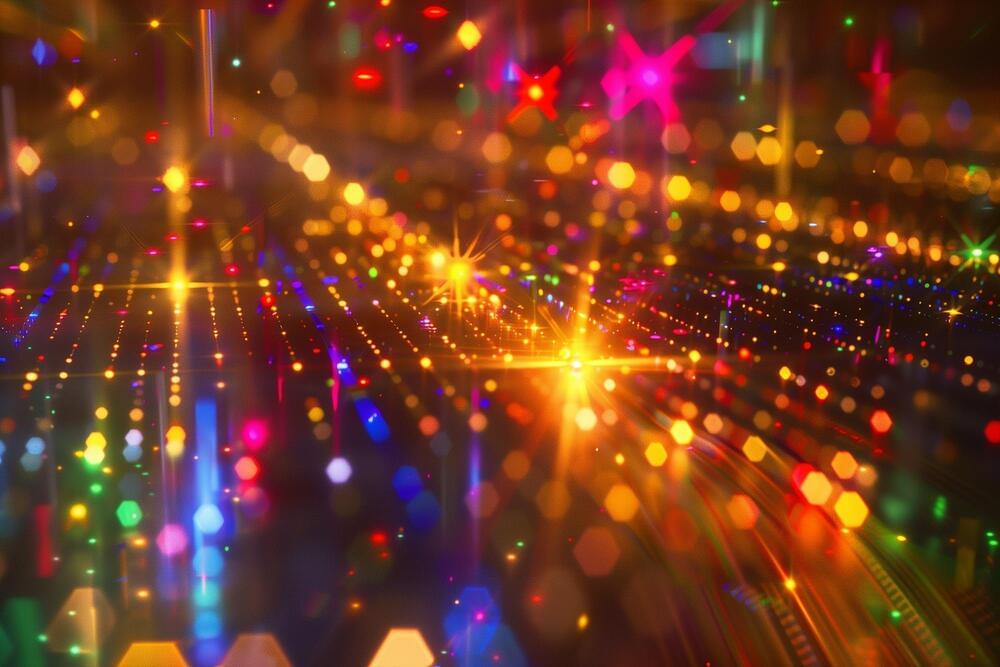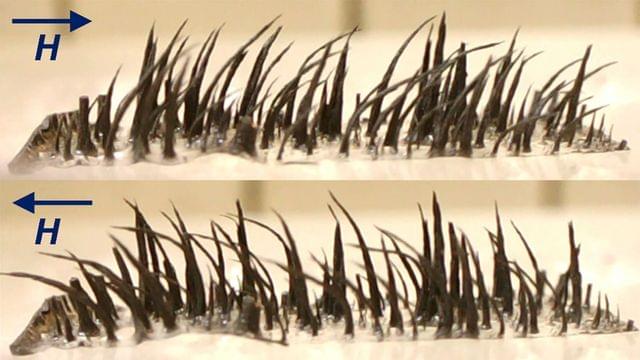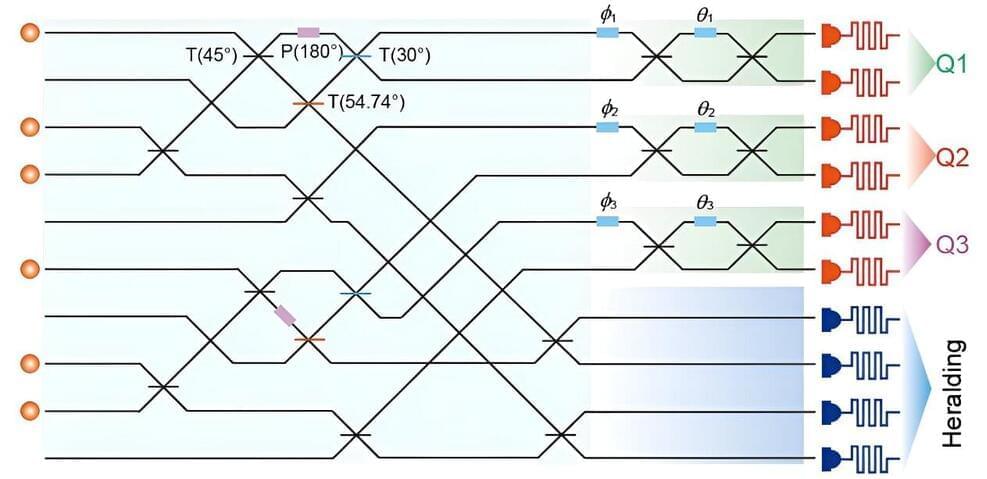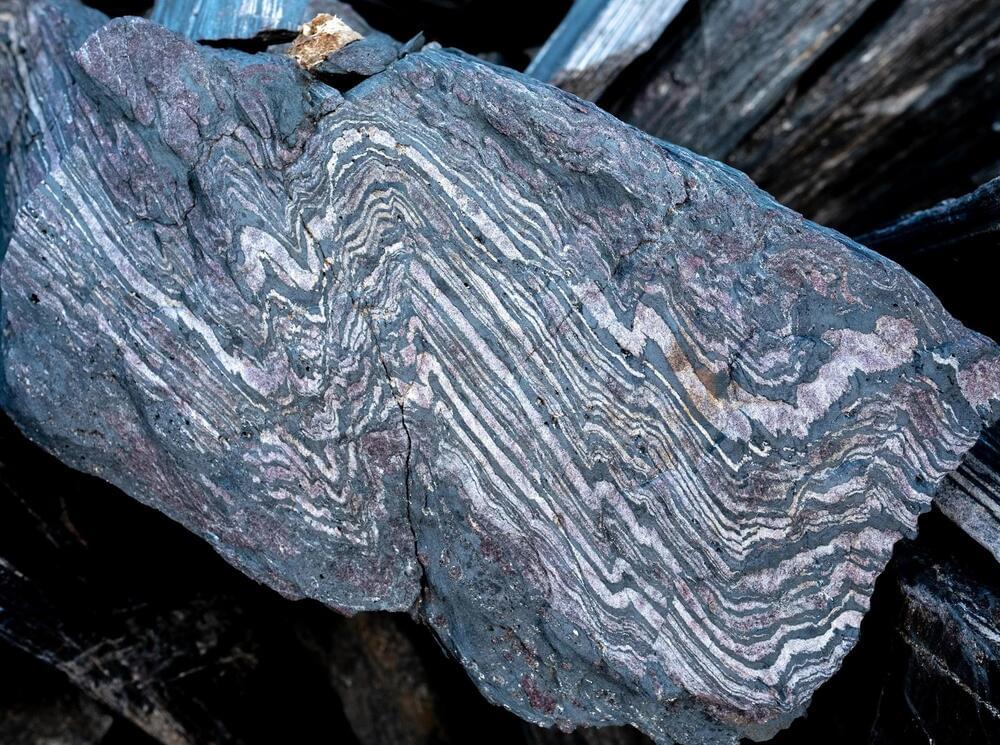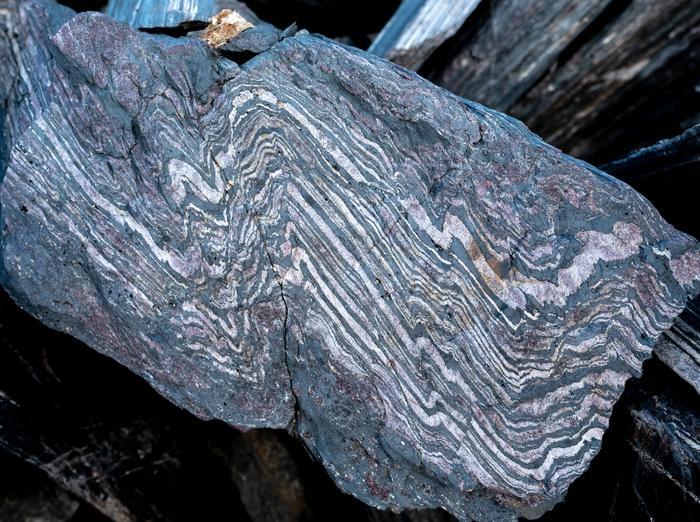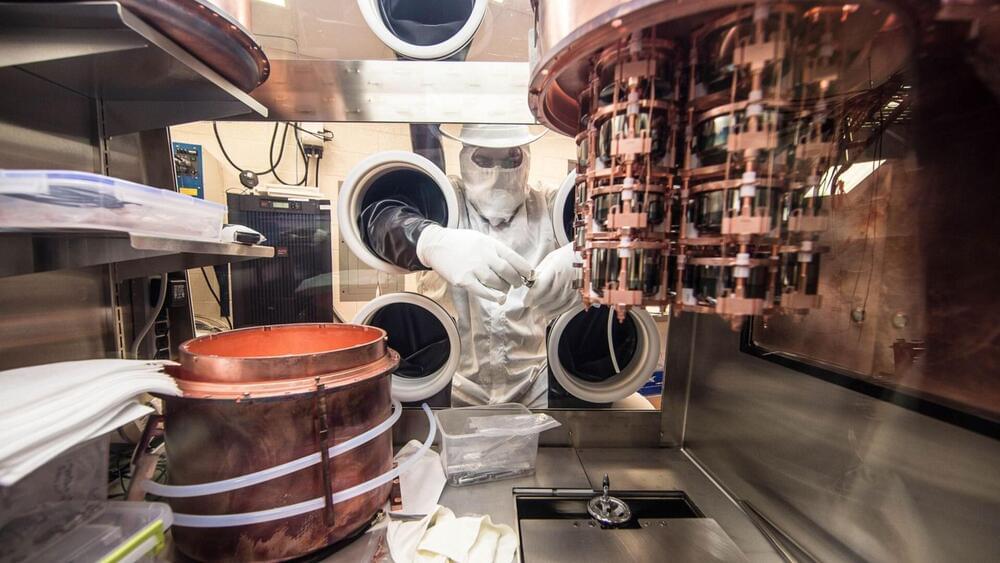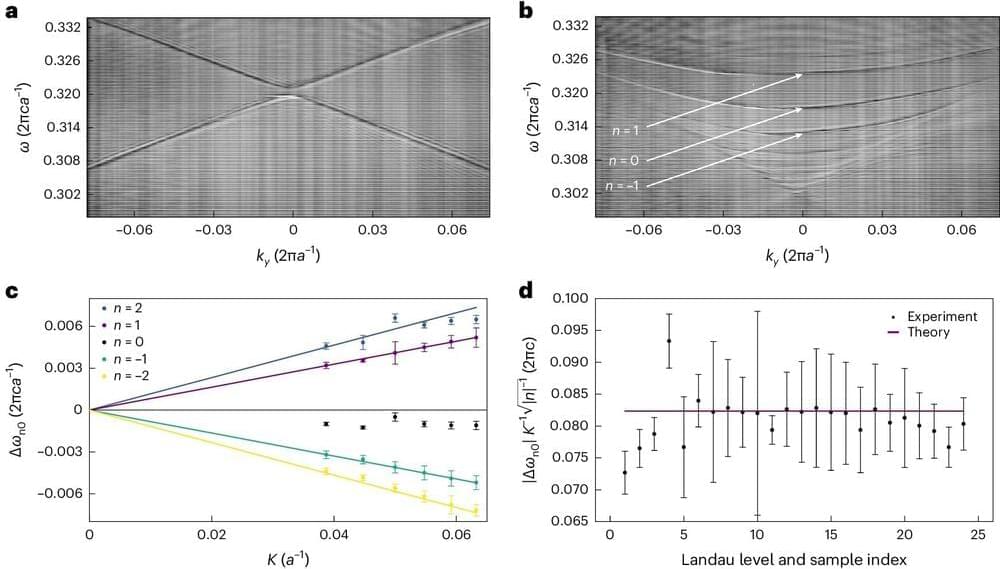Apr 26, 2024
Compact Quantum Light Processing: Time-Bending Optical Computing Breakthrough
Posted by Dan Breeden in categories: computing, particle physics, quantum physics
An international collaboration of researchers, led by Philip Walther at University of Vienna, have achieved a significant breakthrough in quantum technology, with the successful demonstration of quantum interference among several single photons using a novel resource-efficient platform. The work published in the prestigious journal Science Advances represents a notable advancement in optical quantum computing that paves the way for more scalable quantum technologies.
Interference among photons, a fundamental phenomenon in quantum optics, serves as a cornerstone of optical quantum computing. It involves harnessing the properties of light, such as its wave-particle duality, to induce interference patterns, enabling the encoding and processing of quantum information.
In traditional multi-photon experiments, spatial encoding is commonly employed, wherein photons are manipulated in different spatial paths to induce interference. These experiments require intricate setups with numerous components, making them resource-intensive and challenging to scale.
